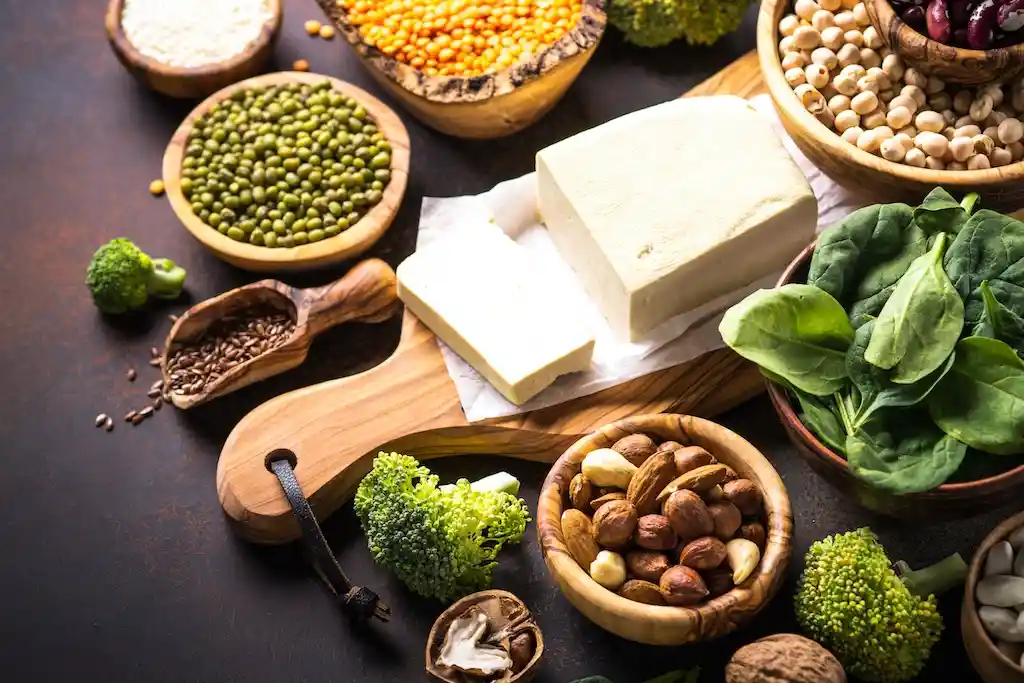What Food Is Eaten By Astronauts In Space – Space Food
Exploring the vastness of space has always been a fascinating endeavor for humanity. As we venture beyond the confines of our planet, one important aspect that needs to be addressed is the provision of sustenance for astronauts during their space missions.
In this article, we will delve into the intriguing world of space food, exploring the challenges of eating in microgravity and the types of food consumed by astronauts in space.
The Challenges of Eating in Microgravity

In the microgravity environment of space, the act of eating becomes a unique challenge. Without the force of gravity to hold food down, it tends to float freely, posing difficulties for astronauts to consume it traditionally. As a result, space food must be specially designed to be easily handled and consumed in these conditions.
Types of Space Food
Space food comprises a diverse range of options to cater to the nutritional needs and preferences of astronauts. These include:
1. Thermostabilized Food
Thermostabilized food is commonly used in space missions. It involves heating the food to high temperatures, killing any bacteria, and sealing it in pouches. This process extends the food’s shelf life and eliminates the need for refrigeration.
2. Dehydrated Food
Dehydration is another common method used to preserve space food. By removing water content, the food becomes lighter and takes up less space. Astronauts can rehydrate these meals by adding water, making them ready to eat.
3. Natural Form Food
Certain types of food can be consumed in their natural form without requiring extensive processing. Fresh fruits and vegetables, for instance, can provide astronauts with essential vitamins and nutrients while adding variety to their diet.
4. Specialized Diets
Some astronauts may have specific dietary requirements due to allergies or health conditions. Space agencies cater to these needs by providing specialized diets that are tailored to individual astronauts’ needs.
Meal Preparation and Packaging
Space food must be easy to prepare in the limited space and resources available onboard spacecraft. Pre-packaged meals that require minimal preparation are preferred. Astronauts typically use rehydration systems and food warmers to make their meals ready for consumption.
The packaging of space food is also carefully designed. It includes easy-to-open containers with utensils specifically designed for use in microgravity. Packaging must be lightweight, compact, and resistant to leaks that could contaminate the spacecraft’s environment.
Nutrition and Health Considerations
Ensuring the proper nutrition and health of astronauts is crucial for their well-being and optimal performance in space. Space food is meticulously planned to provide balanced nutrition, including the necessary macronutrients, vitamins, and minerals required for the human body. Caloric intake is closely monitored to match the energy expended by astronauts during their missions.
Space agencies work closely with nutritionists and medical experts to address any potential health issues related to long-duration space travel. Research is ongoing to determine the impact of microgravity on the human body’s ability to absorb nutrients and to develop strategies to mitigate any negative effects.
The Evolution of Space Food
Space food has come a long way since the early days of space exploration. In the early missions, astronauts primarily consumed bite-sized cubes, powders, and semi-liquids, which were not always appetizing. However, with advancements in technology and a deeper understanding of the challenges posed by microgravity, space agencies have made significant improvements in the quality and variety of space food.
Over the years, space food has become more appealing and palatable. It now includes a wide range of options, from classic favorites to international cuisines. Astronauts can enjoy meals such as lasagna, shrimp cocktails, and even ice cream. These advancements contribute to astronauts’ physical well-being and help boost their morale during long-duration missions.
Cultivating Food in Space
As space exploration moves towards more extended missions and potential colonization of other planets, there is growing interest in cultivating food in space. The ability to grow fresh produce onboard spacecraft would provide astronauts with a sustainable source of nutrition and psychological comfort. NASA and other space agencies have been conducting experiments on the International Space Station (ISS) to study the viability of growing plants in microgravity.
Astronauts aboard the ISS have successfully grown lettuce and other leafy greens using specialized plant growth systems. These systems provide controlled environments with optimized lighting and nutrient delivery. The cultivation of plants in space not only offers the potential for fresh food but also helps in recycling carbon dioxide and generating oxygen.
Future Innovations in Space Food
The future of space food holds exciting possibilities. Scientists and engineers are continuously exploring new ways to improve the quality, variety, and nutritional value of meals for astronauts. Some of the anticipated innovations include:
1. 3D-Printed Food
Utilizing 3D printing technology to create customized meals that meet astronauts’ specific dietary requirements while minimizing waste and optimizing nutritional content.
2. Advanced Food Processing
Developing advanced techniques to process food in space, such as microwave sterilization and high-pressure processing, to ensure safety and extend shelf life without compromising taste and texture.
3. Nutritional Supplements
Designing innovative nutritional supplements that provide astronauts with essential nutrients and vitamins in a compact and easily consumable form.
4. Personalized Nutrition
Tailoring space food to individual astronauts’ needs by utilizing personalized nutrition assessment and monitoring technologies, ensuring optimal health and performance.
Conclusion
Space food plays a crucial role in sustaining astronauts during their missions beyond Earth’s atmosphere. Over the years, space agencies have overcome the challenges of microgravity and developed a wide array of food options that provide both nutrition and comfort. With ongoing research and technological advancements, the future of space food looks promising, with innovations that will further enhance the astronauts’ culinary experience and well-being.
FAQs
No, astronauts cannot eat regular food as we do on Earth. The food consumed in space undergoes special processing to ensure safety, extended shelf life, and ease of consumption in microgravity.
Space food is subjected to various processes to ensure its safety. These include thermostabilization, dehydration, and sterilization techniques that eliminate bacteria and other microorganisms. Packaging and handling protocols are also implemented to maintain hygiene standards.
Yes, the microgravity environment can affect astronauts’ taste perception. This is due to fluid shifts in the body that can affect the nasal passages and taste buds. To compensate for this, space food is often seasoned with stronger flavors to enhance the taste.
Read More: WHAT IS THE BIODIVERSITY IN RAINFORESTS



